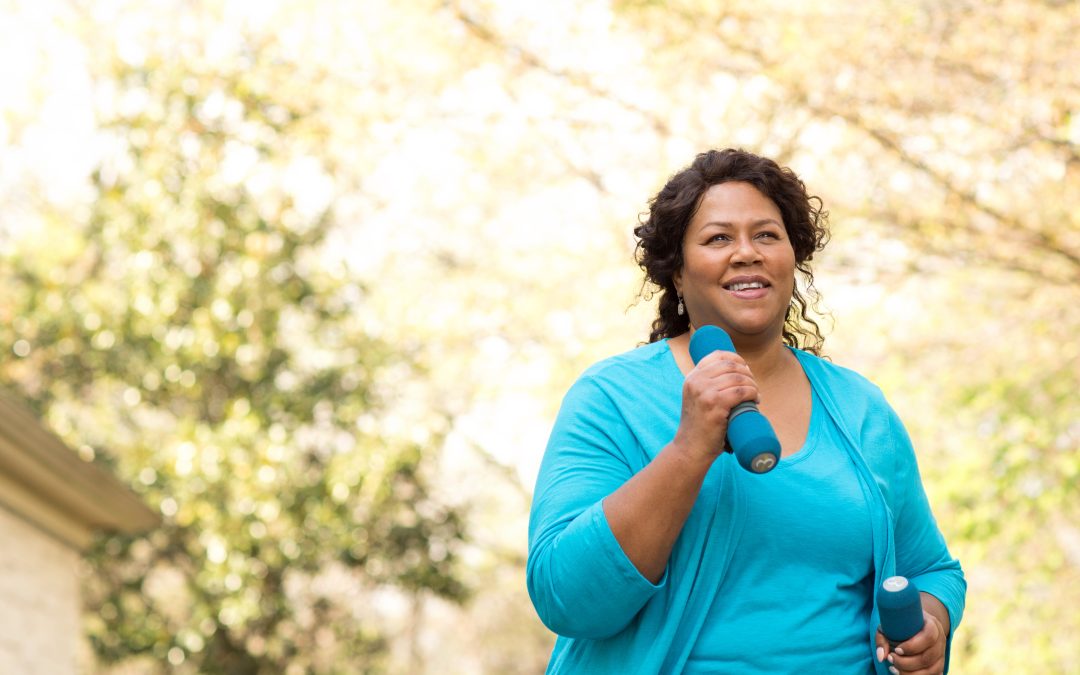Diabetes occurs when your body can no longer handle glucose the way it’s supposed to. Glucose is a simple sugar that is the basic fuel of the body. Foods that supply glucose include fruits, vegetables and other carbohydrates. The body’s digestive system converts these into glucose, which is then absorbed into the bloodstream and transported to the body’s cells.
To get the glucose into your body’s cells, you need insulin. Sometimes the body either stops producing insulin (as in the case of type 1 diabetes) or can’t produce enough (type 2 diabetes). The result? Glucose stays in your bloodstream, never making it into the cells where it can function.
How do you get type 2 diabetes?
The disease is caused when your body becomes “resistant” to insulin, so it has to produce more and more. Eventually, it’s unable to produce enough. Some of the most common risk factors for insulin resistance are genetics, obesity and having a sedentary lifestyle.
What can uncontrolled type 2 diabetes lead to?
When blood glucose levels are high, it causes other systems to malfunction. Diabetes doubles your risk of dying from heart disease; you’re also apt to experience complications following a heart attack, such as heart failure or angina. There’s an increased risk of stroke, neuropathy (painful nerve dysfunction), vision changes and erectile dysfunction, as well.
What should you do if you’ve been diagnosed with type 2 diabetes?
Many patients view diabetes as inevitable due to their family history—their parents had it, so they’re going to have it. Not so! Unlike type 1 diabetes, for which we have no “cure” (people with type 1 diabetes have to take insulin their entire lives), research has shown that by knowing how to control type 2 diabetes through lifestyle changes, you can significantly impact type 2 diabetes—even to the point where you might be able to stop taking diabetes medication altogether.
Two main ways to beat diabetes are:
- Lose weight: If you’re overweight, not only does shedding extra pounds reduce your risk of diabetes, it also affects cholesterol levels, blood pressure and your overall risk of heart disease. The key is to be realistic—don’t try to drop 30 pounds immediately! Participants in the United States government’s Diabetes Prevention Program’s Lifestyle Change Program found that losing just 7 percent of their total body weight reduced the incidence of diabetes by 58 percent after three years. The well-known 2002 study was published in the New England Journal of Medicine.
- Exercise: If you’re more couch potato than gym rat, consider becoming more active to find a happy medium. A combination of cardio and strength training been shown to reduce blood glucose levels. The key? Set a goal of at least 150 minutes of moderate-intensity exercise per week to see the greatest benefit. What’s moderate intensity? You’re working hard enough that you can talk, but not sing, during your aerobic workout, which could be as simple as brisk walking if you’re just starting out.
How can I prevent type 2 diabetes?
A healthy diet and plenty of physical activity won’t just treat type 2 diabetes—they can help prevent it in the first place. Case in point: Researchers had to stop the Diabetes Prevention Program early, since prediabetic patients who modified their lifestyle cut their risk of developing diabetes in half.
Diabetes is one area in which we know that weight loss, diet and exercise changes make a difference. So, don’t view diabetes as inevitable, or a death sentence. Take charge, and let’s give diabetes the boot.

